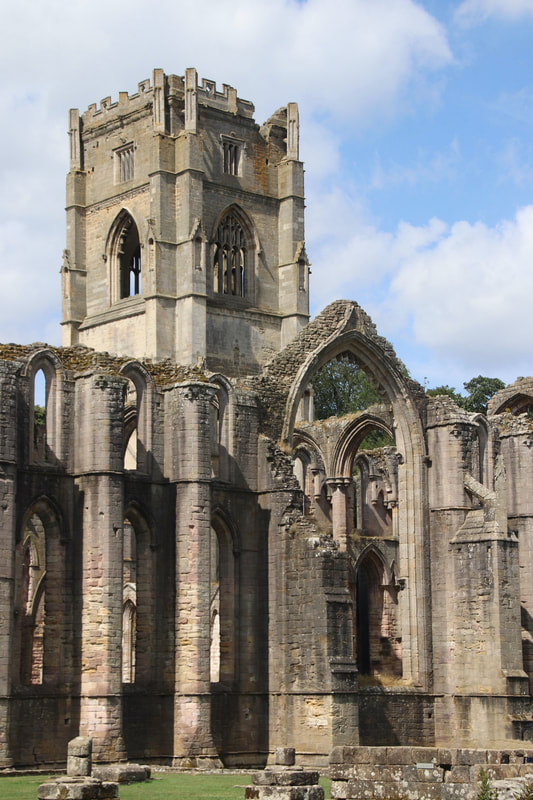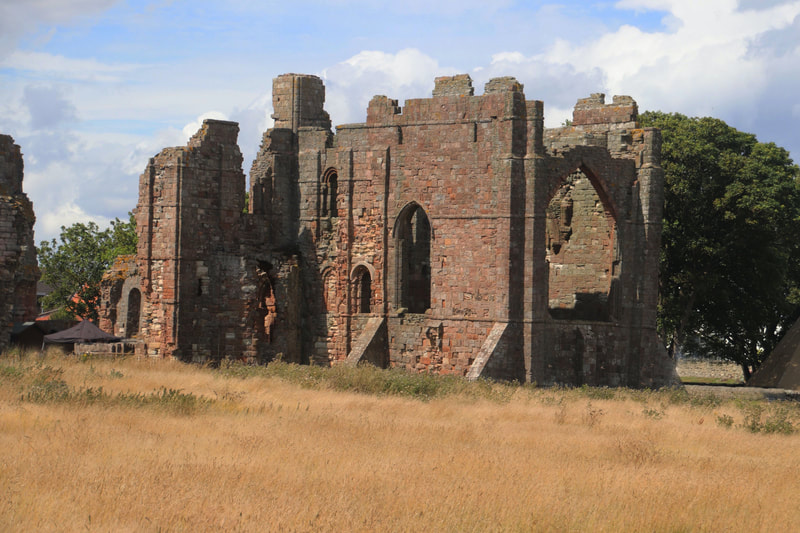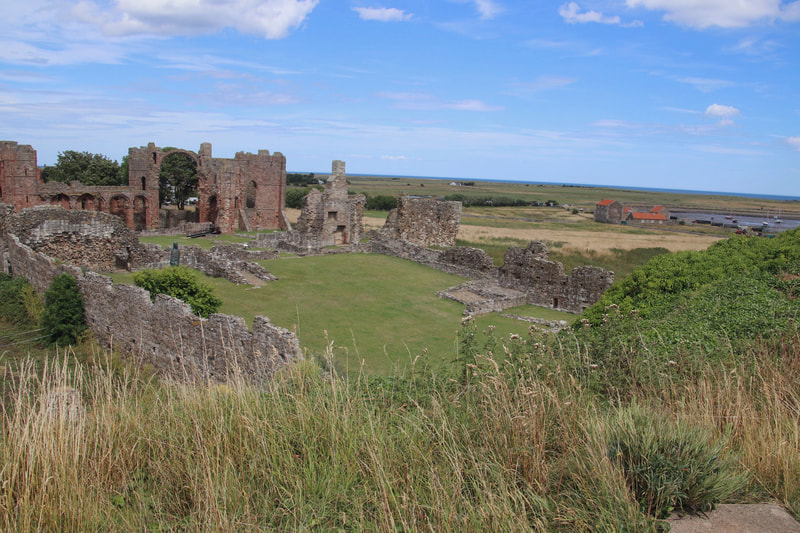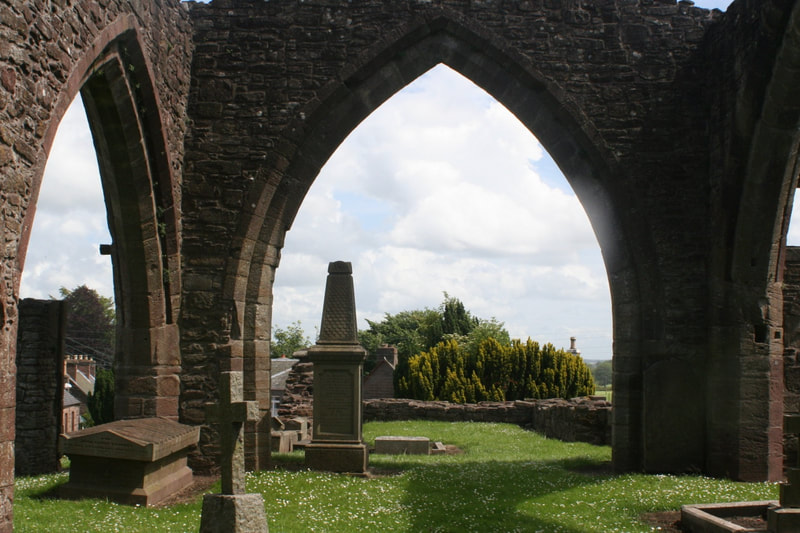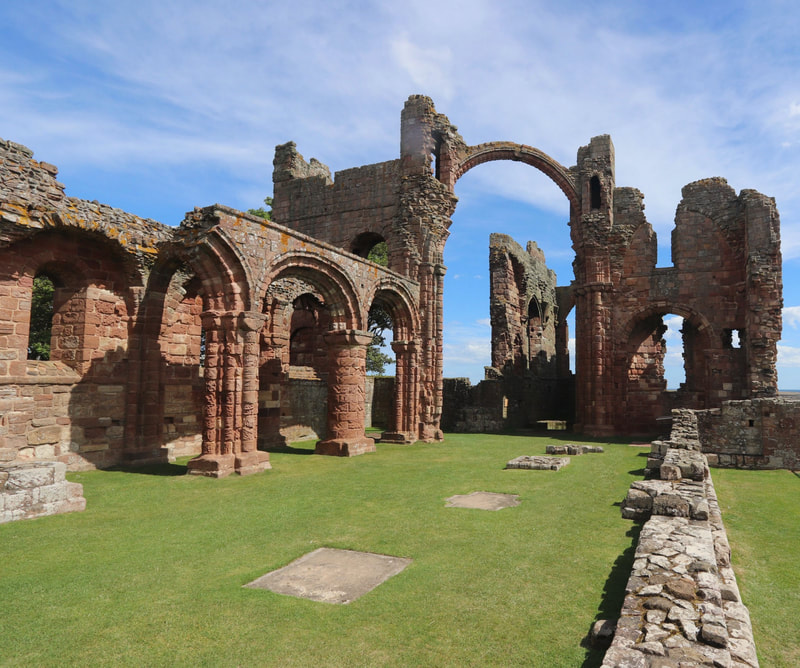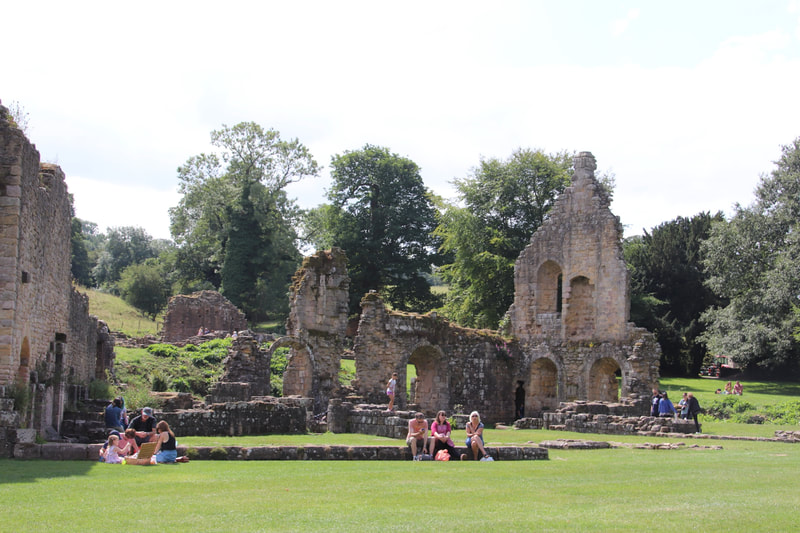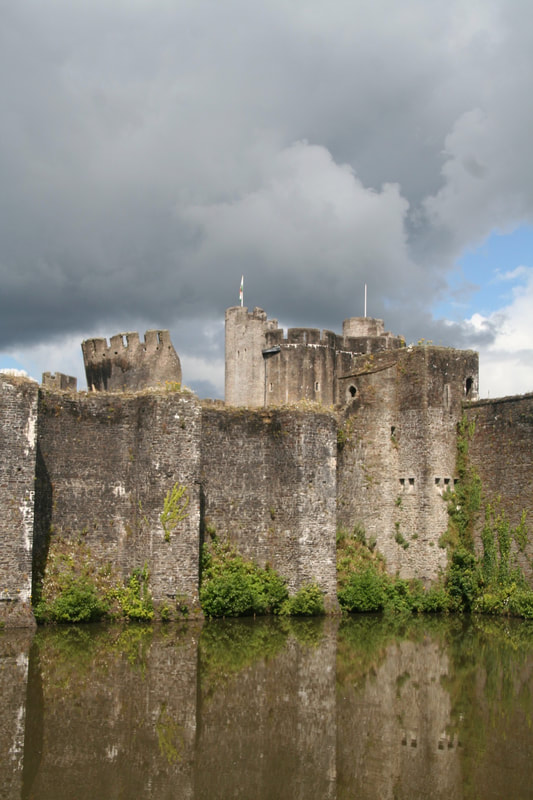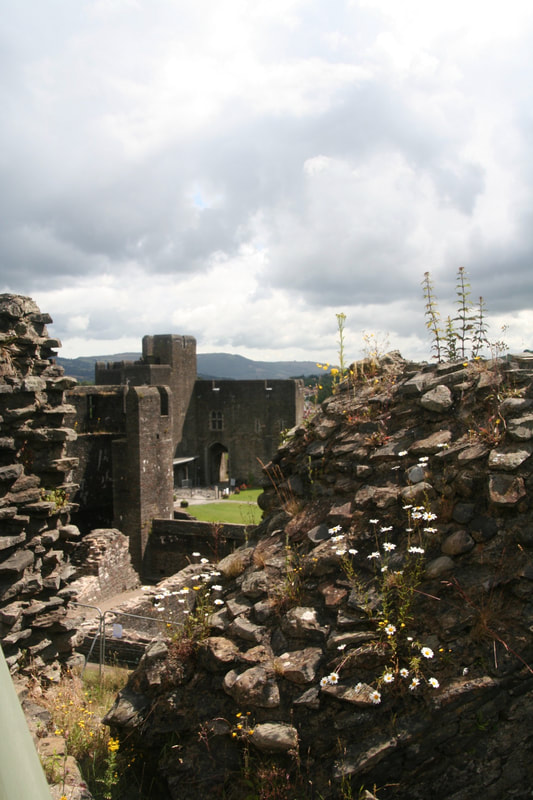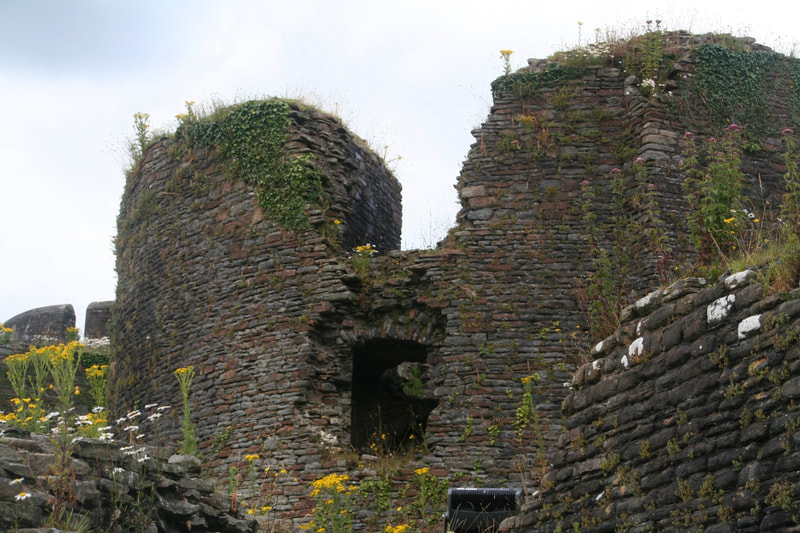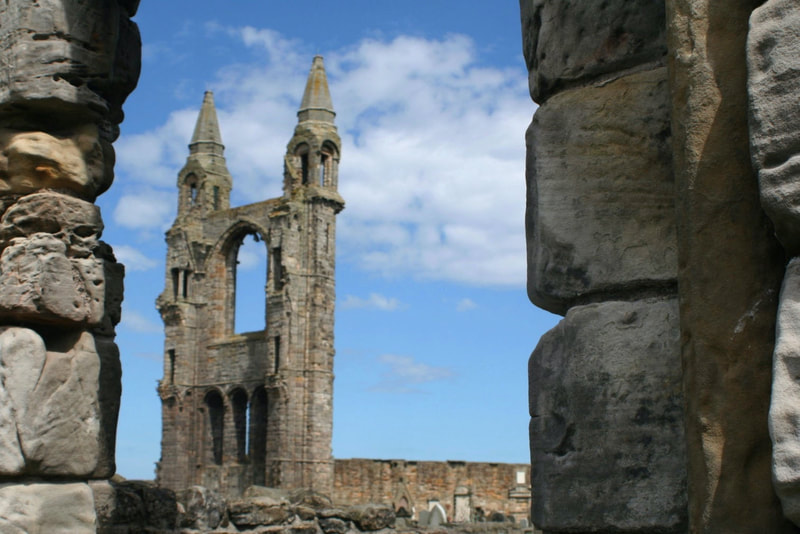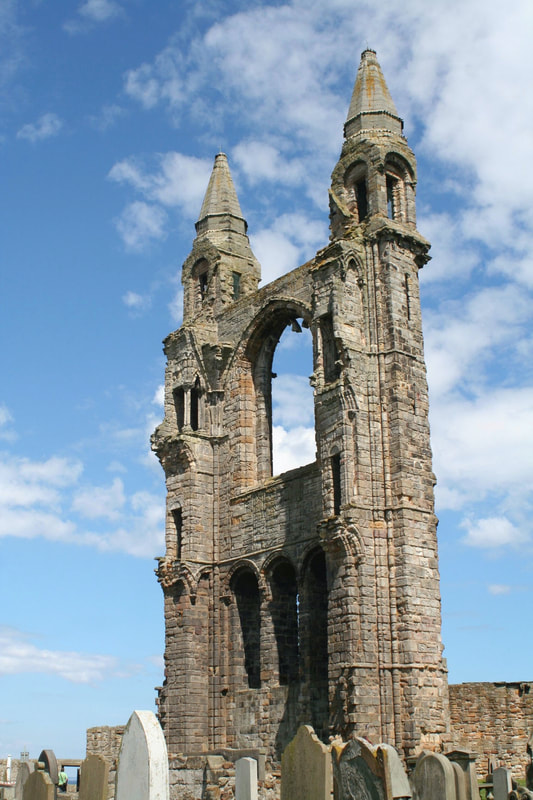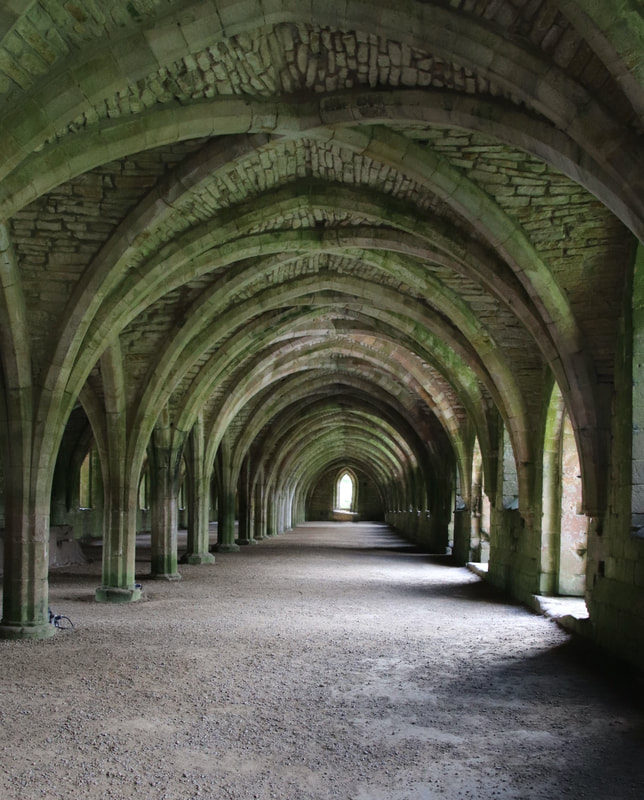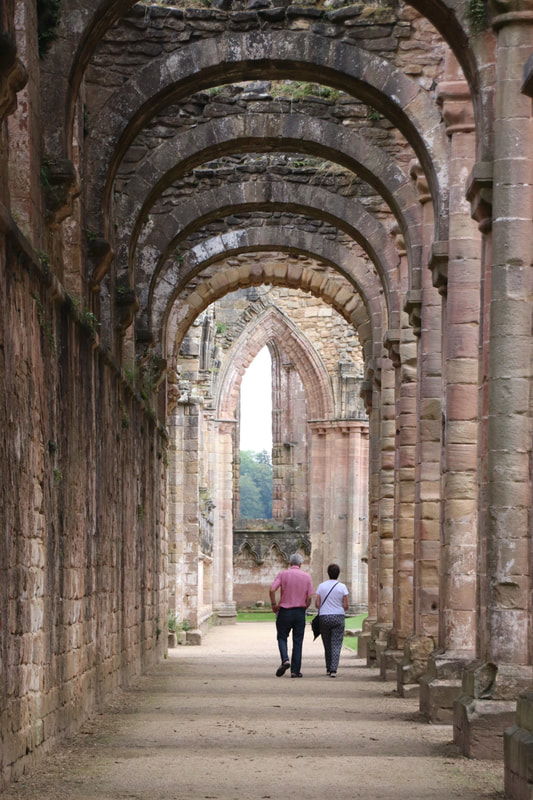Romancing the Ruins:
A Visual Sociology
Artist Statement
As an organization theorist my research has focused on how social and physical structures shape and limit human agency. Foucault argues that buildings are physical manifestations of power, that is they are both symbols and tools of power. These structures are not only physical reminders of power, they also shape people’s interactions with them in ways that reinforce power.
That interest in structure has carried over into my photography, which focuses on the structures of ancient and modern buildings, bridges, marketplaces, and landscapes. I am particularly interested in how these structures shape our interaction with them, evoking power, admiration, desire, nostalgia, imaginaries and playfulness.
Of particular interest to me are ruined structures, specifically castles, abbeys, and cathedrals. Grand buildings, once the material manifestations of power and control, now long deserted and ruined, are memorialized and honored as symbols of past glory. The nostalgia for a “glorious past” inspired by these structures disregards the systems of domination and oppression entrenched in those societies. This romantic view of the past then becomes part of modern social imaginaries. Thus, the romanticized past embodied in the experience of these ruins normalize and consequently reproduces inequalities, inequities and the asymmetrical power relationships in society.
(All Images © 2022, Patricia Ehrensal, All rights Reserved)
A Visual Sociology
Artist Statement
As an organization theorist my research has focused on how social and physical structures shape and limit human agency. Foucault argues that buildings are physical manifestations of power, that is they are both symbols and tools of power. These structures are not only physical reminders of power, they also shape people’s interactions with them in ways that reinforce power.
That interest in structure has carried over into my photography, which focuses on the structures of ancient and modern buildings, bridges, marketplaces, and landscapes. I am particularly interested in how these structures shape our interaction with them, evoking power, admiration, desire, nostalgia, imaginaries and playfulness.
Of particular interest to me are ruined structures, specifically castles, abbeys, and cathedrals. Grand buildings, once the material manifestations of power and control, now long deserted and ruined, are memorialized and honored as symbols of past glory. The nostalgia for a “glorious past” inspired by these structures disregards the systems of domination and oppression entrenched in those societies. This romantic view of the past then becomes part of modern social imaginaries. Thus, the romanticized past embodied in the experience of these ruins normalize and consequently reproduces inequalities, inequities and the asymmetrical power relationships in society.
(All Images © 2022, Patricia Ehrensal, All rights Reserved)




